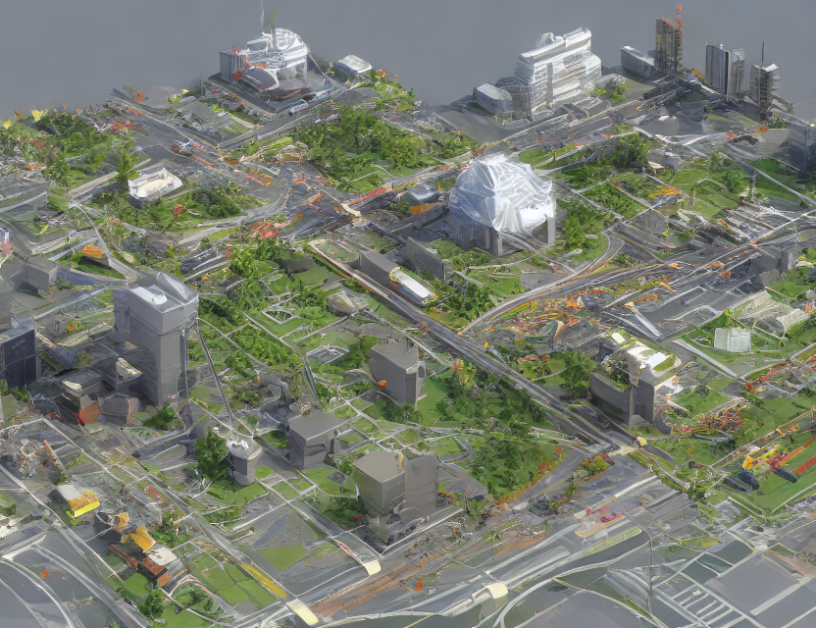Reinforcement learning is a powerful tool for solving complex problems, but it can be challenging to apply in practice. One approach called s-RLO simplifies the process by leveraging acquired knowledge instead of relying on reinforcement signals. This makes the algorithm faster and more straightforward, allowing it to accelerate problem-solving.
To understand how s-RLO works, imagine you are trying to find the best recipe for a dish. You have a few recipes already, but you want to find one that tastes better. Traditional reinforcement learning would involve experimenting with different ingredients and measuring the quality of each dish. s-RLO takes a different approach by looking at how well each recipe fits the ingredients you have, rather than starting from scratch.
The algorithm starts by evaluating each recipe based on how well it uses the available ingredients. It then selects the recipe that best fits the ingredients and adjusts it slightly to create a new dish. This process is repeated until the desired dish is reached.
In mathematical terms, s-RLO evaluates the quality of each state (like a recipe) using a function called Vπβ (fs; β). The algorithm then selects the state with the highest value and adjusts it to create a new state, repeating this process until the desired outcome is reached.
The authors of the article demonstrate the effectiveness of s-RLO by applying it to several inverse problems, including image deblurring and object recognition. They show that s-RLO can find better solutions than traditional reinforcement learning methods in these situations.
In conclusion, s-RLO is a simple and efficient reinforcement learning algorithm that leverages acquired knowledge to solve complex problems. By focusing on how well each state fits the available ingredients, it can accelerate the problem-solving process and find better solutions than traditional methods.
Electrical Engineering and Systems Science, Systems and Control
Accelerating Unit Commitment with Improved Variable Reduction



